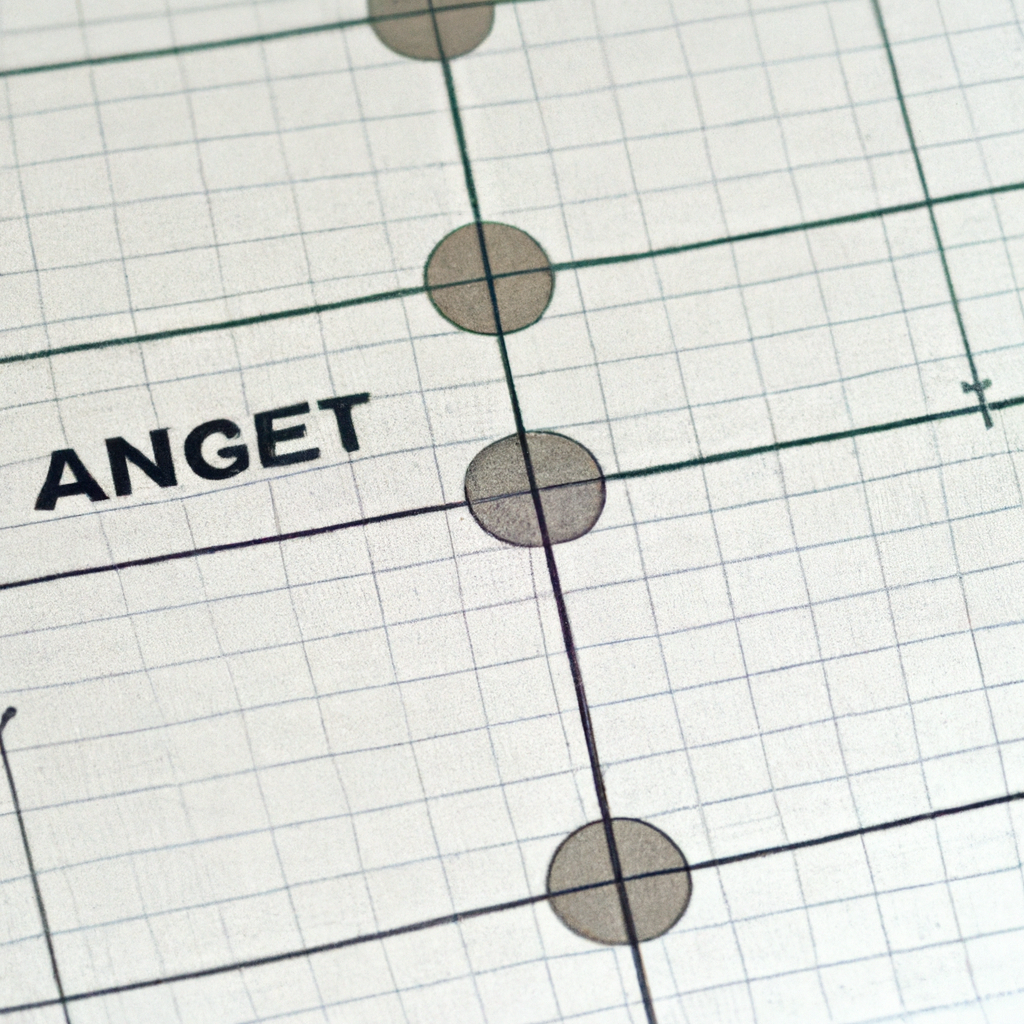Gann Angles in Trading
Introduction
When it comes to technical analysis in trading, there are various tools and techniques that traders use to predict future price movements. One such tool is Gann angles, which were developed by the legendary trader W.D. Gann. Gann angles are a unique way of analyzing and forecasting price trends, and they can be a valuable addition to any trader’s toolkit.
Understanding Gann Angles
Gann angles are a form of technical analysis that involves plotting diagonal lines on a price chart. These lines are used to identify potential support and resistance levels, as well as to predict future price movements. The key concept behind Gann angles is that price and time are interconnected, and these angles help traders identify significant price levels based on specific time intervals.
Calculating Gann Angles
Calculating Gann angles involves a mathematical formula that takes into account the price and time dimensions. The most commonly used Gann angle is the 1×1 angle, which represents a 45-degree angle on a price chart. To calculate this angle, you need to determine the price range and time period you want to analyze.
Once you have the price range and time period, you can use the following formula to calculate the Gann angle:
Gann Angle = (Price Range / Time Period)
For example, if you want to analyze a price range of $100 over a time period of 10 days, the Gann angle would be:
Gann Angle = ($100 / 10) = $10
Using Gann Angles in Trading
Gann angles can be used in various ways to make trading decisions. Here are a few common strategies:
- Support and Resistance Levels: Gann angles can help identify key support and resistance levels on a price chart. Traders can use these levels to determine potential entry and exit points for their trades.
- Trend Identification: By analyzing the slope of Gann angles, traders can identify the direction and strength of a trend. Upward-sloping angles indicate an uptrend, while downward-sloping angles indicate a downtrend.
- Time and Price Squaring: Gann angles can also be used to predict future price and time targets. Traders can identify specific angles that intersect at a future date, indicating a potential turning point in the market.
Limitations of Gann Angles
While Gann angles can be a useful tool in trading, it’s important to note that they are not foolproof. Like any other technical analysis tool, Gann angles have their limitations. Here are a few things to keep in mind:
- Subjectivity: The interpretation of Gann angles can vary from trader to trader. Different analysts may draw different angles on the same chart, leading to subjective analysis.
- False Signals: Gann angles, like any other technical indicator, can generate false signals. Traders should use them in conjunction with other tools and indicators to confirm their trading decisions.
- Complexity: Gann angles can be complex to understand and apply correctly. Traders need to invest time and effort in learning and practicing this technique before using it in live trading.
Conclusion
Gann angles are a unique and powerful tool in the world of technical analysis. They can help traders identify key support and resistance levels, predict future price targets, and analyze trends. However, like any other trading tool, Gann angles should be used in conjunction with other indicators and tools to make well-informed trading decisions. With practice and experience, traders can harness the power of Gann angles to improve their trading strategies and increase their chances of success.

